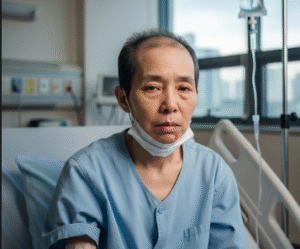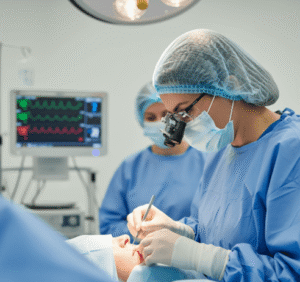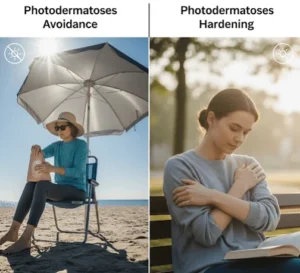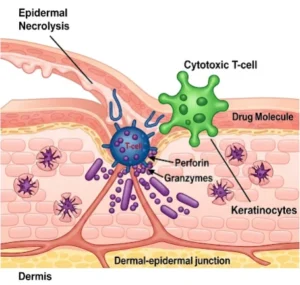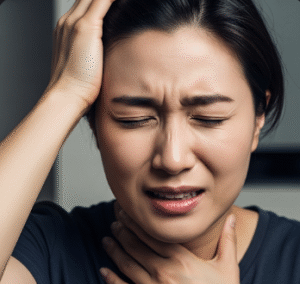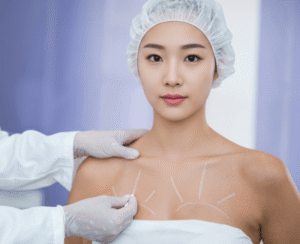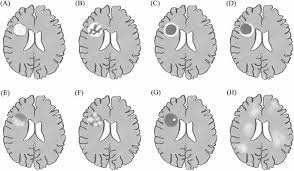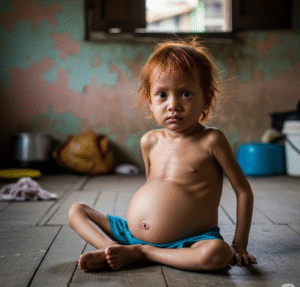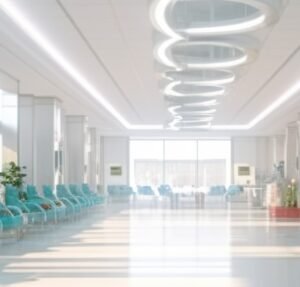What It Is
LED Phototherapy is a non-invasive skin treatment that uses light-emitting diode (LED) technology to improve skin health and appearance. Different wavelengths of light penetrate the skin at varying depths, targeting specific skin concerns such as acne, inflammation, pigmentation, or aging signs.
The most commonly used LED wavelengths are:
➝ Red light (630–700 nm) → Stimulates collagen, reduces wrinkles, and improves elasticity.
➝ Blue light (405–420 nm) → Kills acne-causing bacteria (Propionibacterium acnes).
➝ Green light (520–560 nm) → Calms pigmentation and evens skin tone.
➝ Near-infrared light (700–1200 nm) → Penetrates deeper layers for healing and circulation.
In Korea, LED phototherapy is considered a core maintenance treatment. It is often used as a stand-alone therapy for acne or sensitive skin and also as an add-on after lasers, microneedling, or chemical peels to speed up recovery and enhance results.
Why It’s Done
Patients choose LED phototherapy because it is gentle, painless, and effective for multiple skin issues:
➝ Acne treatment → Blue light kills acne bacteria and reduces breakouts.
➝ Anti-aging → Red light stimulates collagen, softening fine lines and improving elasticity.
➝ Inflammation control → Helps with rosacea, redness, and post-procedure irritation.
➝ Pigmentation balance → Green light reduces melanin activity and brightens skin tone.
➝ Healing support → Near-infrared light accelerates wound healing and tissue repair.
➝ Maintenance & prevention → Keeps skin healthy, radiant, and resistant to environmental damage.
In Korea, LED phototherapy is often called a “lunch-time facial” because it is quick, safe, and requires no downtime — making it a favorite for office workers, students, and celebrities who want to maintain flawless skin.
Alternatives
While LED phototherapy is highly effective, alternatives may be recommended depending on skin concerns:
- Laser therapies (Fraxel, Q-switched, Pico) → More intensive treatment for pigmentation or scarring.
- Chemical peels → Surface exfoliation for brightness and texture improvement.
- Microdermabrasion / Diamond Peel → Physical exfoliation for smoother skin.
- Microneedling or RF treatments → Stimulate collagen more aggressively.
- Topical skincare (retinoids, vitamin C, niacinamide) → Long-term support but less targeted.
In Korean dermatology clinics, LED is rarely used in isolation. Instead, it is paired with other treatments such as:
- Laser resurfacing + LED red light → Faster recovery, less downtime.
- Chemical peel + LED blue light → Acne control plus exfoliation.
- Mesoglow injections + LED → Better absorption and calming.
Preparation
LED phototherapy is simple, but preparation helps ensure comfort and safety:
➝ Consultation → Dermatologist identifies skin concerns and chooses the correct wavelength.
➝ Clean skin → Patients should arrive without makeup, sunscreen, or heavy creams.
➝ Avoid irritants → Stop retinoids, harsh scrubs, or strong exfoliants for 1–2 days prior.
➝ No tanning or sunburns → Skin should not be overly sensitized.
➝ Protective eyewear → Provided during treatment to shield eyes from bright light.
In Korea, preparation often includes a gentle cleansing facial or hydration mask before LED exposure, ensuring maximum comfort and results.
How It’s Done
LED phototherapy is one of the easiest and most comfortable treatments:
- Cleansing → The skin is cleansed to remove dirt and oil.
- Eye protection → Patients wear goggles to protect from bright light.
- LED exposure →
- The LED device (dome, mask, or panel) is placed over the face.
- Selected wavelengths target specific concerns (e.g., red + blue for acne and aging).
- Treatment time → Usually 15–30 minutes.
- Finishing care → Moisturizer, serum, and SPF are applied.
Treatment plan:
- Initial sessions → 6–10 treatments, 1–2 times weekly.
- Maintenance → Once every 2–4 weeks for long-term benefits.
Recovery
One of LED therapy’s biggest advantages is that it has no downtime:
- Immediately after → Skin feels refreshed and calm, with a mild healthy glow.
- Day 1–2 → Redness or irritation (if present before) is reduced.
- Week 1–4 → Acne lesions shrink, tone brightens, and skin looks more youthful.
- Months 2–3 → Collagen improvements lead to firmer, healthier skin.
Aftercare tips:
➝ Use SPF 50+ sunscreen daily, as treated skin is more sensitive to UV.
➝ Avoid harsh skincare for 24 hours.
➝ Stay hydrated and use gentle moisturizers.
➝ Continue with recommended skincare routine.
In Korea, many clinics enhance recovery with post-LED soothing masks, exosome serums, or oxygen sprays, boosting results and comfort.
Complications
LED phototherapy is considered one of the safest dermatological treatments, but possible issues include:
➝ Temporary redness or warmth → Rare and resolves quickly.
➝ Dryness or tightness → May occur if skin barrier is weak.
➝ Eye strain → Prevented with protective eyewear.
➝ No risk of burns → Unlike lasers, LED does not damage skin tissue.
Korean clinics further minimize risks by using medical-grade devices with calibrated wavelengths and tailoring treatment protocols to Asian skin types.
Treatment Options in Korea
Korea offers some of the most advanced and versatile LED phototherapy programs worldwide.
1. Types of Devices Used
- LED masks → Convenient, full-face treatment, popular in both clinics and home devices.
- LED domes/panels → Professional-grade, used in dermatology clinics.
- Targeted LED probes → Focused treatment for acne lesions or pigmentation spots.
2. Integrated Programs
- Laser + LED → Reduces downtime and enhances healing.
- Chemical peel + LED blue light → Improves acne and skin clarity.
- Mesoglow + LED red light → Increases collagen stimulation and absorption.
Final Thoughts
LED Phototherapy in Korea is one of the most effective, safe, and accessible treatments for improving skin health and appearance without downtime. By harnessing the power of light, it addresses acne, pigmentation, redness, and aging signs, while also enhancing recovery from more intensive procedures.
Korean dermatology clinics have perfected LED phototherapy by integrating it with serums, facials, and advanced regenerative boosters, making it a cornerstone of K-beauty skincare. For anyone seeking clear, glowing, and youthful skin with zero downtime, LED therapy in Korea is an excellent choice.


